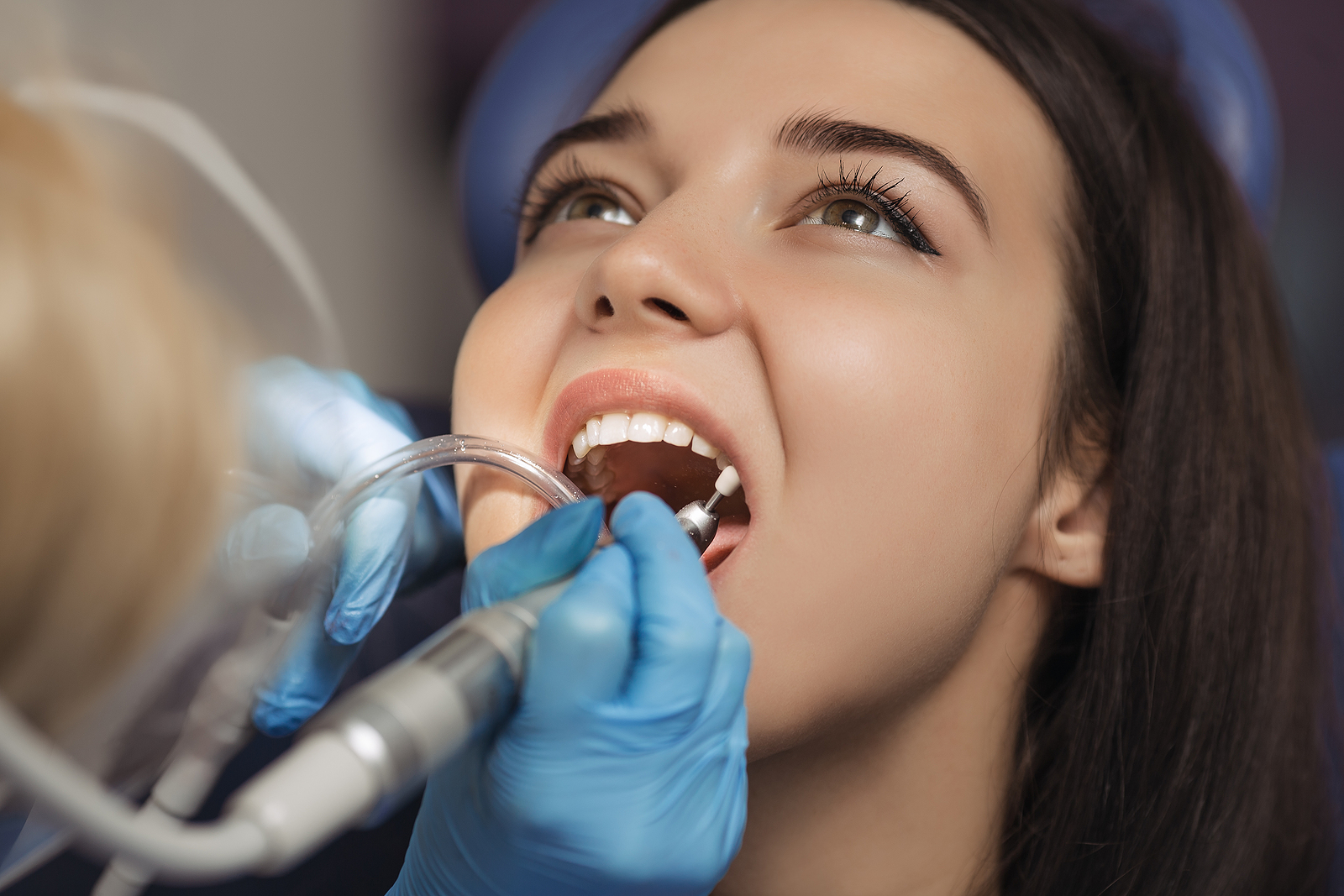What is Gingival Grafting? A Comprehensive Guide to the Procedure
Posted by OC ADVANCED PERIODONTICS on Aug 23 2024, 04:24 AM

Gingival grafting might sound like a complex term, but it plays a crucial role in maintaining oral health. Many people in Tustin, CA, may not be familiar with this procedure, yet understanding it can make a significant difference for those suffering from gum recession or periodontal issues. Imagine being able to restore the appearance and function of your smile while also protecting your teeth from further damage. Whether you're experiencing discomfort or simply want to enhance your dental aesthetics, gingival grafting could be the solution you've been searching for. Let's dive deeper into what this procedure entails and why it's essential for optimal gum health!
Understanding Gingival Grafting in Tustin, CA
Gingival grafting is a dental surgical procedure designed to address gum recession. This condition occurs when the gums pull back from the teeth, exposing more of the tooth surface and sometimes even the roots.
The procedure involves taking tissue from another part of your mouth, usually the palate, and transplanting it to areas where gum tissue has receded. This not only restores gum coverage but also helps protect against further damage.
Gingival grafts can enhance aesthetics by improving smile appearance while also contributing to better oral health. They reduce sensitivity and lower risks associated with tooth decay or loss in exposed areas.
Understanding gingival grafting enables patients to make informed decisions about their dental care options. It's essential for anyone considering this treatment to consult with a qualified periodontist who can evaluate their specific needs.
Reasons for Gingival Grafting in Tustin, CA
Gingival grafting is often necessary for various reasons, especially in Tustin, CA, where dental health awareness is rising.
- One common reason is gum recession. This condition can expose tooth roots and lead to sensitivity or decay.
- Another factor prompting gingival grafting is periodontal disease. Advanced stages of this illness may cause significant tissue loss around teeth. Grafting helps restore the natural contour of gums and protects underlying structures.
- Aesthetic concerns also play a role. Many patients desire a more balanced smile with healthy-looking gums. Gingival grafts can enhance overall appearance and boost self-confidence.
- Additionally, those who have undergone orthodontic treatment might experience changes in gum positioning that require correction through grafting procedures. Addressing these issues early on can prevent further complications down the line.
Types of Gingival Grafts
Gingival grafting involves several types, each tailored to specific needs. The most common is the free gingival graft, which uses tissue from the roof of the mouth. This method increases gum thickness and provides added support.
Another option is the connective tissue graft. Here, a flap of gum tissue is created to expose underlying connective tissues. This approach helps cover exposed roots and enhances aesthetics.
Pedicle grafts are also available for those with sufficient adjacent gum tissue. Instead of removing tissue entirely, part of it remains attached while being repositioned over an area needing coverage.
Allografts utilize donated human tissue, offering a solution for patients who may not have enough healthy gums or prefer not to use their own tissues. Each type serves its purpose of effectively restoring gum health.
Preparation for the Procedure
Before undergoing gingival grafting, proper preparation is key for a smooth experience. Start by scheduling a comprehensive consultation with your dentist. This visit will allow them to assess your oral health and discuss specific concerns.
It's important to provide a full medical history. Inform your dentist about any medications or supplements you're taking, as they might affect the procedure. You may need to stop certain medications beforehand, especially blood thinners.
On the day of the surgery, arrive with an empty stomach if sedation is planned. Dress comfortably; loose clothing can help make you feel at ease during your procedure. If possible, arrange for someone to drive you home afterward so that you can rest without worries.
Mentally prepare yourself for what lies ahead by reading up on the process and recovery strategies recommended by your dental team.
Step-by-Step Guide to Gingival Grafting Surgery
The gingival grafting surgery begins with a thorough examination of your gums. Your dentist in Tustin, CA will take X-rays and assess the health of your teeth.
Once you're deemed ready, anesthesia is administered to ensure comfort throughout the procedure. This preparation allows you to relax while the dental team works.
Next, your surgeon will harvest tissue from either the roof of your mouth or another donor site. This step requires precision to minimize any discomfort post-surgery.
After obtaining the graft, it's carefully placed onto the area needing coverage. The surgical site is then secured using sutures to promote healing and stability.
Following placement, you'll receive specific aftercare instructions tailored for optimal recovery. Adhering to these guidelines plays a vital role in ensuring successful results and minimizing complications down the line. Call us to learn more.
Recovery and Post-Procedure Care
After gingival grafting, proper recovery is crucial for the best results.
- Expect some swelling and mild discomfort in the treated area. This is completely normal and should gradually subside over a few days.
- Your dentist may prescribe pain relief medication to help manage any discomfort. Follow their instructions closely regarding dosages and frequency.
- Eating soft foods can make your recovery smoother. Opt for items like yogurt, mashed potatoes, or smoothies while avoiding hard, crunchy foods that could irritate the site.
- Maintain good oral hygiene but be gentle around the grafted area. Your dentist will likely provide specific rinses to aid healing without disturbing the surgical site.
- Regular follow-up appointments are essential to monitor your progress and address any concerns promptly. Always communicate with your dental provider if you notice unusual symptoms during your recovery phase.
Conclusion
Gingival grafting is a crucial procedure for those dealing with gum recession or other periodontal issues. By understanding the reasons behind the need for this surgery, the different types of grafts available, and what to expect during preparation and recovery, you can make informed decisions about your oral health.
For residents in Tustin, CA, seeking solutions for gum problems, gingival grafting offers effective options that can lead to improved aesthetics and dental function. With proper care and guidance from professionals, patients often experience successful outcomes that significantly enhance their quality of life. If you're considering gingival grafting, consulting with a qualified periodontist will help clarify any concerns while ensuring personalized treatment tailored to your needs.
Call us at OC Advanced Periodontics or schedule an online appointment to know more about Gingival grafting
Share On

NATIONAL GUM CARE MONTH IS A GOOD REMINDER FOR YOU TO PREVENT GUM DISEASE
Gingival grafting might sound like a complex term, but it plays a crucial role in maintaining oral health. …

SEPTEMBER IS GUM CARE MONTH: TAKE CARE OF YOUR GUMS FOLLOWING THESE TIPS
Gingival grafting might sound like a complex term, but it plays a crucial role in maintaining oral health. …

Can Gum Disease affect Overall Health?
Gingival grafting might sound like a complex term, but it plays a crucial role in maintaining oral health. …
